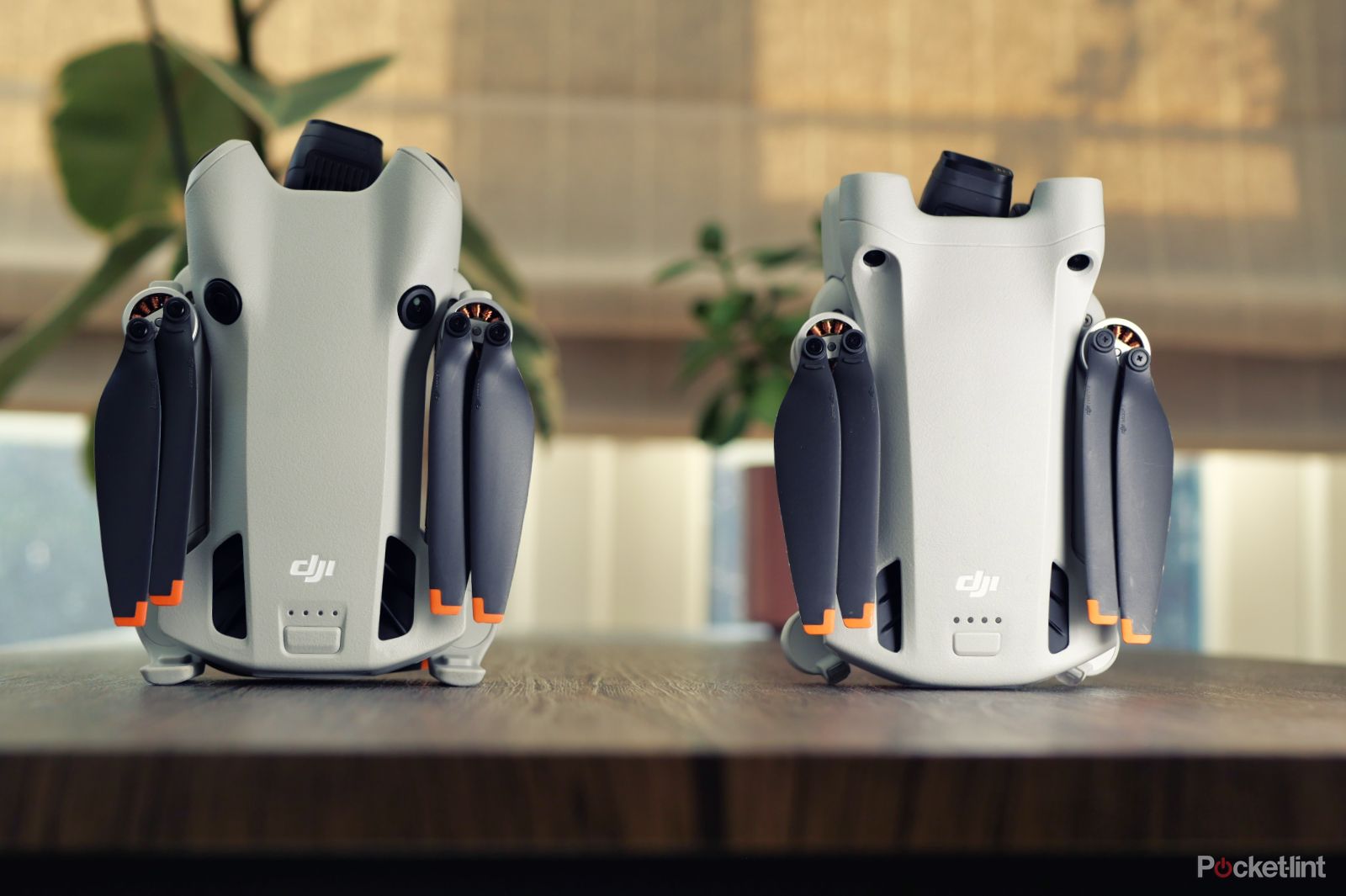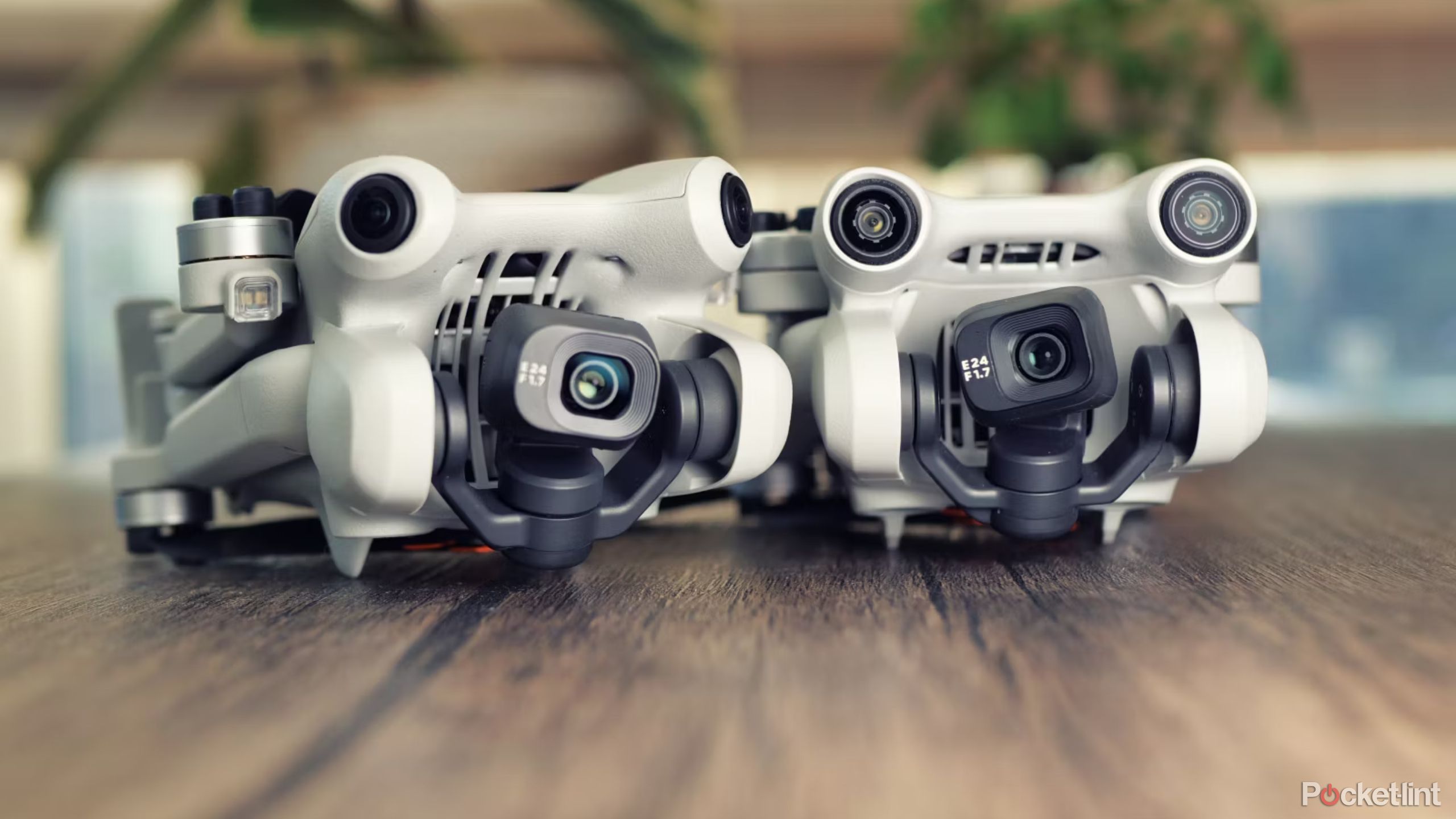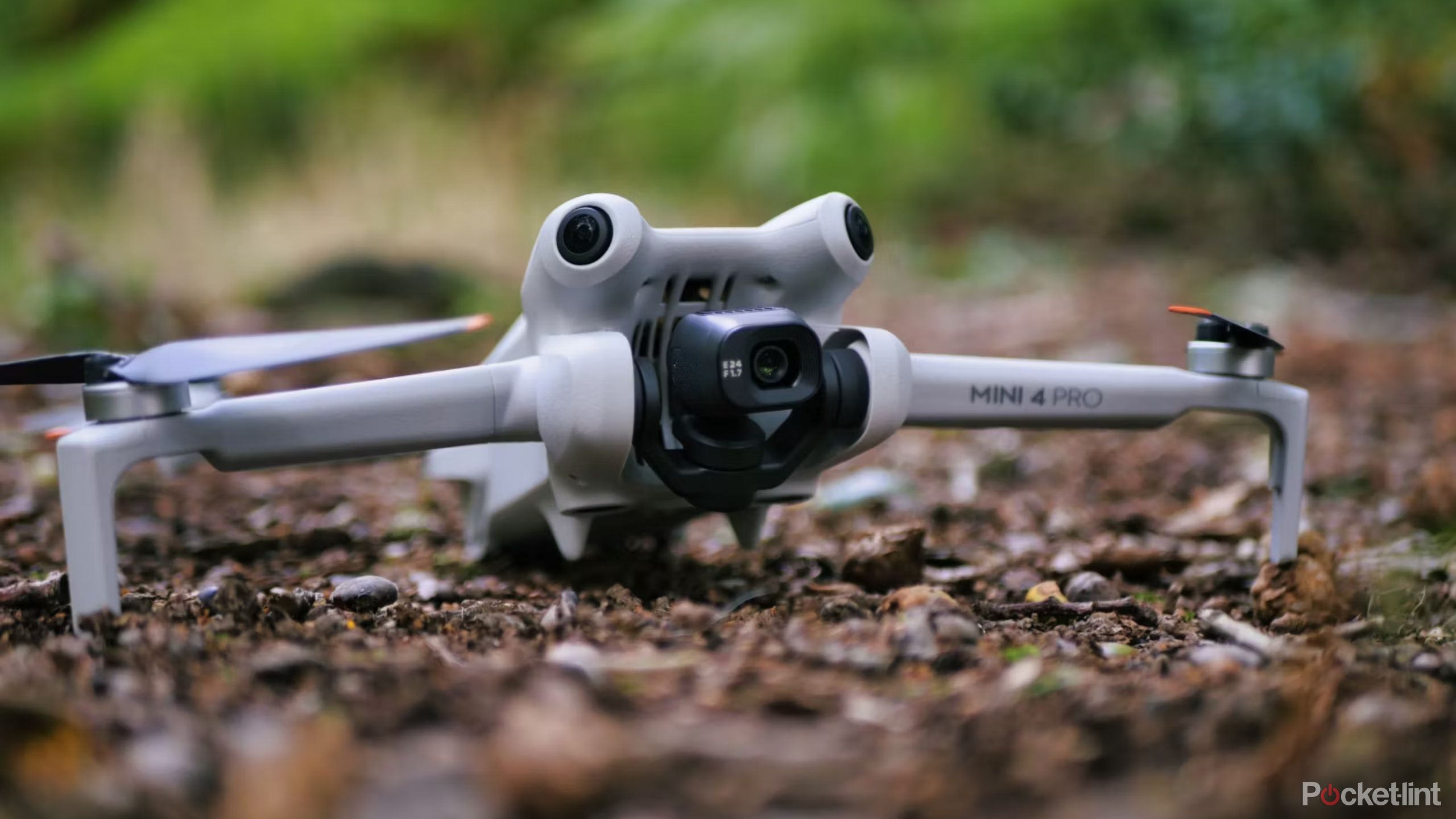-
DJI Mini 4 Pro
Editor’s Choice
The DJI Mini 4 Pro is the company’s most advanced quadcopter under 250 grams. The Mini 4 Pro’s key updates include obstacle detection on all sides and waypoints to create custom pre-set flight paths. While the camera sensor remains unchanged from the predecessor, the Mini 4 Pro has higher video frame rates, 10-bit color, and slower shutter speeds for simulating long-exposure photos. The upgraded controller also extends the transmission range, which can reduce the odds of dropping the connection.
Pros- Obstacle detection on all sides
- Higher frame rates for more slo-mo possibilities
- Waypoints to create timelapses and preset flight paths
- Improved controller transmission
Cons- Often pricier than the older Mini 3 Pro
- Older controllers are not compatible
-
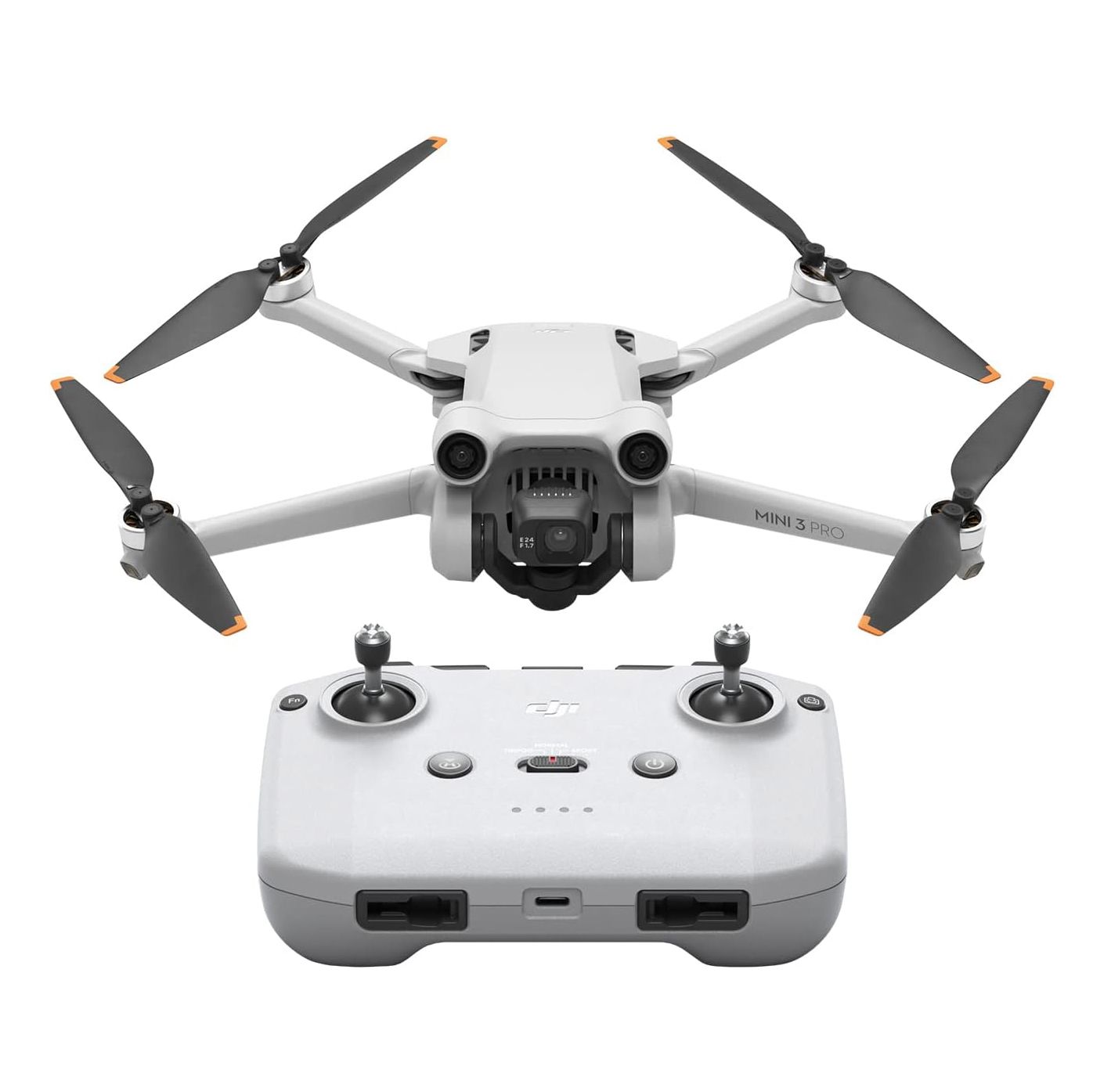
DJI Mini 3 Pro
Best Value
While the DJI Mini 3 Pro has been replaced, the older model is easier to find on a discount. The Mini 3 has the same sensor and resolution too. The newer model will have a little less noise, slower shutter speeds, and higher frame rates, however. The 3 also misses out on Waypoints, a feature for saving flight paths. The Mini 4 Pro is the best option, but the Mini 3 Pro is a great budget alternative that has a lot more to offer than the DJI Mini 4K.
Pros- Often discounted from the original price
- Same image sensor and resolution
- Compact folding drone
Cons- Obstacle detection missing for sideways flight
- Mini 4 Pro has lower noise, more shutter speeds
- Mini 4 Pro has higher frame rates and 10-bit color
DJI’s Mini Pro series, which includes the DJI Mini 4 Pro and its predecessor the DJI Mini 3 Pro, is the drone for new pilots with advanced camera skills. While the quadcopters are easy to fly, the cameras still pack features like RAW photography and manual camera modes. While DJI has since announced the DJI Mini 4K, both the DJI Mini 4 Pro and Mini 3 Pro have more tools for serious photographers and videographers.
If you assumed that the DJI Mini 4 Pro is the better drone because it’s the newer option, you’d be right. But there are fewer differences between the two models than you might think, which means some pilots could save some cash by going with an older model without sacrificing too many features. So, which is the right DJI drone for you? After flying both drones, I dug into the differences between the DJI Mini 4 Pro and DJI Mini 3 Pro.
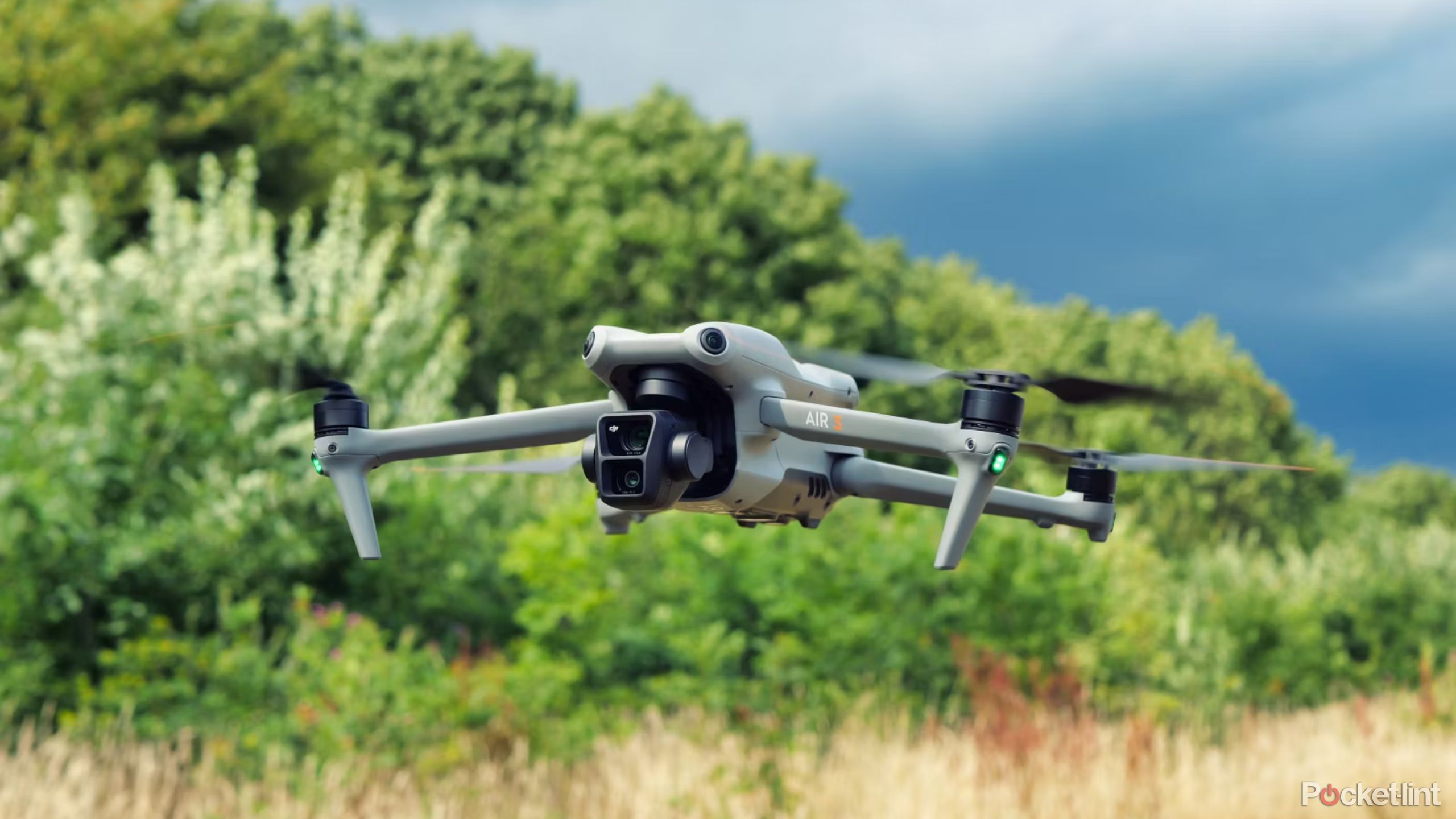
Best DJI drones: Expert tested and reviewed
The best DJI drones capture arial photos, are easy to travel with, and intuitive to use. These are the top 5 options.
Specs, price, and availability
The DJI Mini 3 Pro launched in May 2022 and has been available for purchase for over two years. Originally, the Mini 3 Pro carried an MSRP of $759 with the RC-N1 remote, but now that it’s the older model, it can be picked up for $599 with the basic controller.
The DJI Mini 4 Pro was announced on September 25, 2023, and has been widely available to purchase since. You can select from a variety of packages — here’s how they break down:
- DJI Mini 4 Pro with RC-N2 — $759
- DJI Mini 4 Pro with DJI RC 2 — $959
- DJI Mini 4 Pro Fly More Combo with DJI RC 2 — $1099
-
DJI Mini 4 Pro DJI Mini 3 Pro Camera 1/1.3-inch CMOS – 24mm f/1.7 1/1.3-inch CMOS – 24mm f/1.7 Speed 16m/s 16 m/s Weight 249g 249g Range 20km transmission distance 12km transmission distance Connectivity DJI O4 system DJI O3 system Battery 2590 mAh 2453 mAh Dimensions Unfolded: 298×373×101 mm Unfolded: 251×362×70 mm Video Resolution Up to 4K100 Up to 4K60 Color Profiles Normal / D-Log M Normal / D-Cinelike Max Wind Speed Resistance 10.7m/s (level 5) 10.7m/s (level 5)
Design
Two tiny drones with one key difference
On the outside, the DJI Mini 4 Pro and Mini 3 Pro look quite similar — they’re both about the same size and both weigh just a hair under 250g in order to swerve drone regulations in the majority of countries.
There are, however, a few things that give away the DJI Mini 4 Pro’s new capabilities. The new obstacle avoidance sensors are the most obvious, which now have bulbous fisheye lenses and are positioned at an angle rather than head-on. This is an ingenious bit of engineering from DJI, as now the drone has full 360-degree coverage using the same number of sensors as its predecessor.
There’s now a light on the bottom, too. This looks a lot like the light that’s found on the base of the Air 3; it’s just scaled down for the tiny chassis. In use, it’s designed to make low-altitude hovering more stable in low-light conditions.
Also new on the DJI Mini 4 Pro is the addition of landing feet on the front arms. The design now matches its larger siblings more closely, and this is an excellent change. I can’t tell you how many times my Mini 3 Pro has toppled over when trying to take off on an uneven surface, this new design should be much more stable.
These controllers aren’t cross-compatible though, so if you invested in the DJI RC version of the Mini 3 Pro, you won’t be able to use them with the new model.
There are new remotes this time around, but for the most part, they work exactly the same as the older versions. The DJI RC 2 now has fold-out antennas, like the DJI RC Pro, but otherwise, the buttons, display, and everything else remain the same. It’s worth noting that these controllers aren’t cross-compatible though, so if you invested in the DJI RC version of the Mini 3 Pro, you won’t be able to use them with the new model — which is a bit of a shame.
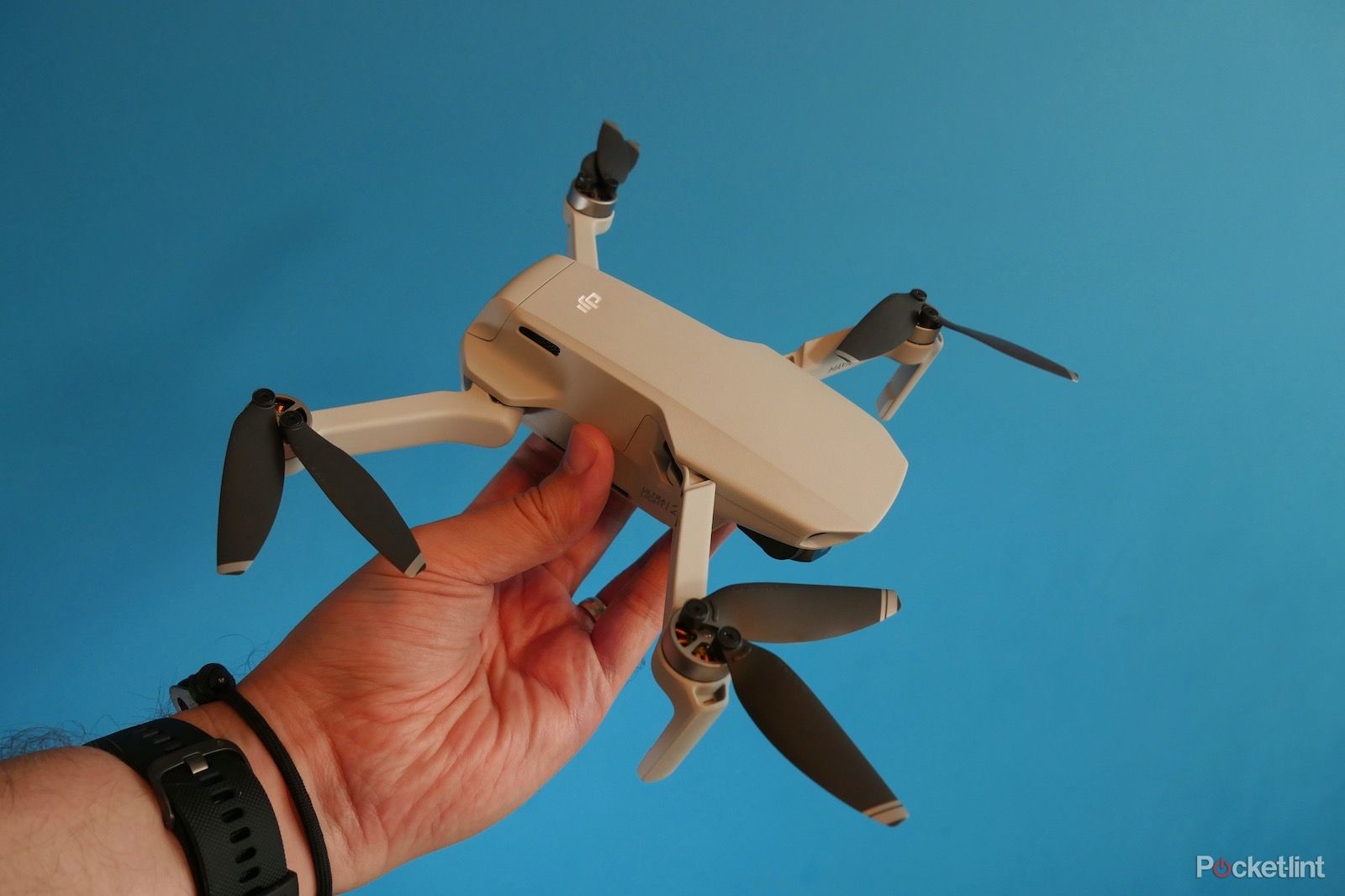
Best mini drones: Big engineering innovations in small packages
The best mini drones can capture high-res sky shots, and they easily fit in your backpack.
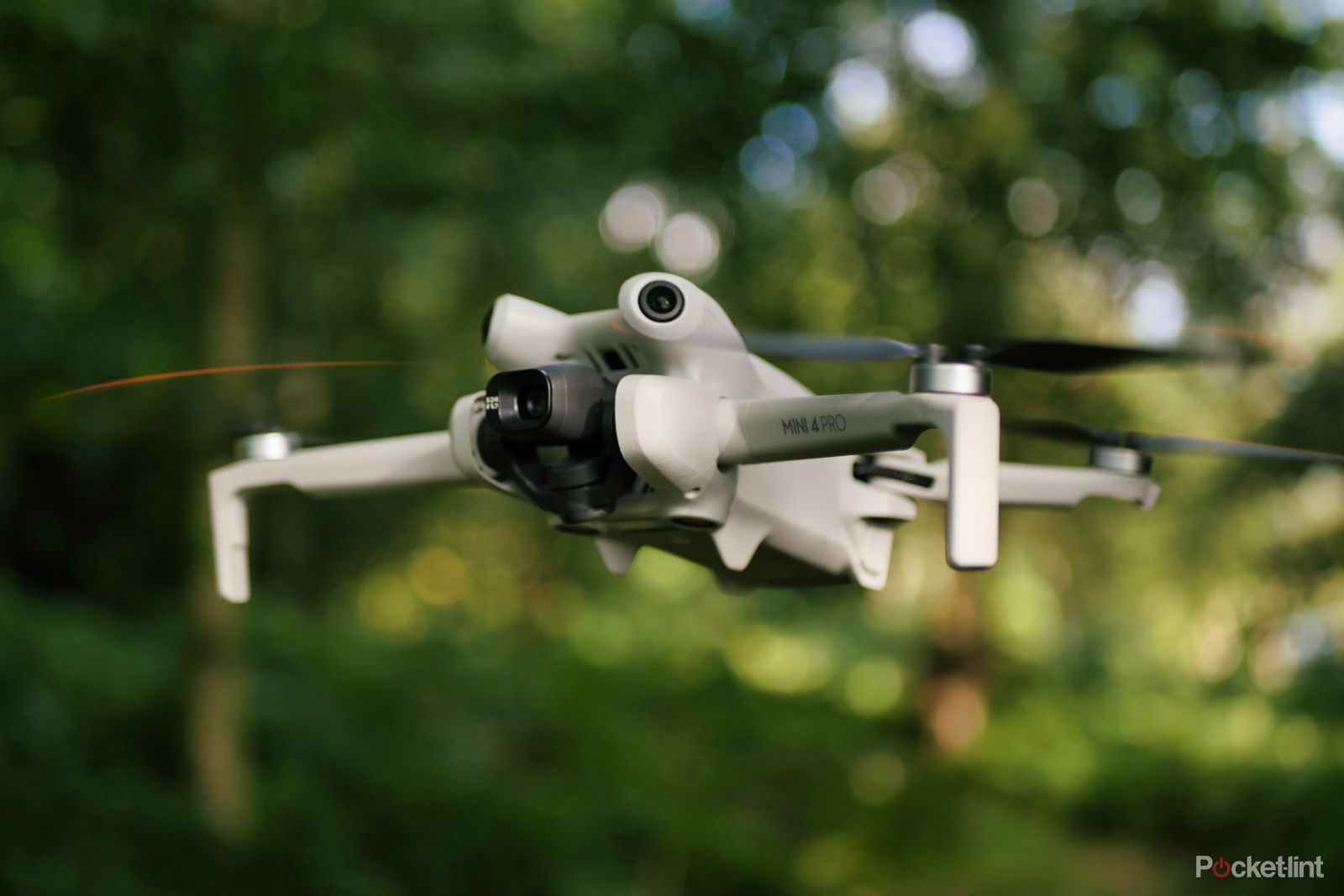 Flight features
Flight features
The DJI Mini 4 Pro has a better transmission range and obstacle-avoidance
When it comes to flight performance, the two drones are very similar. They both offer the same level of wind resistance and the same top speed, and given that they’re of a similar size and weight, the stability is about the same, too. The battery capacity is marginally larger on the DJI Mini 4 Pro, but it offers the same maximum flight times as well.
What’s new, though, is the addition of DJI’s O4 FHD video transmission system. This means you can fly much farther before losing signal — up to 20km in some regions. It’s worth noting that in Europe, you’re limited to 10km, which is an improvement over the Mini 3 Pro’s 8km, but less drastic than what you’ll experience in the States.
It’s a similar story with the Intelligent Flight Battery Plus. This is an optional extra that can be used to achieve up to 45-minute flights, but it pushes you over the 250g mark, and it’s not sold in Europe. Interestingly, this is 2 minutes less than what was advertised with the DJI Mini 3 Pro, but there’s still plenty of flight time.
Arguably the biggest difference in flight is the fact that the Mini 4 Pro has omnidirectional obstacle avoidance, whereas the Mini 3 Pro only detects obstacles above, below, and at the front and rear. This means that you can confidently fly sideways without worrying about clocking your drone into a tree trunk.
The Mini 4 Pro also adds support for Waypoint flights, which means your drone can accurately repeat flight paths autonomously. In my view, it’s less fun than manning the sticks yourself, but it provides great utility for timelapses and VFX work.
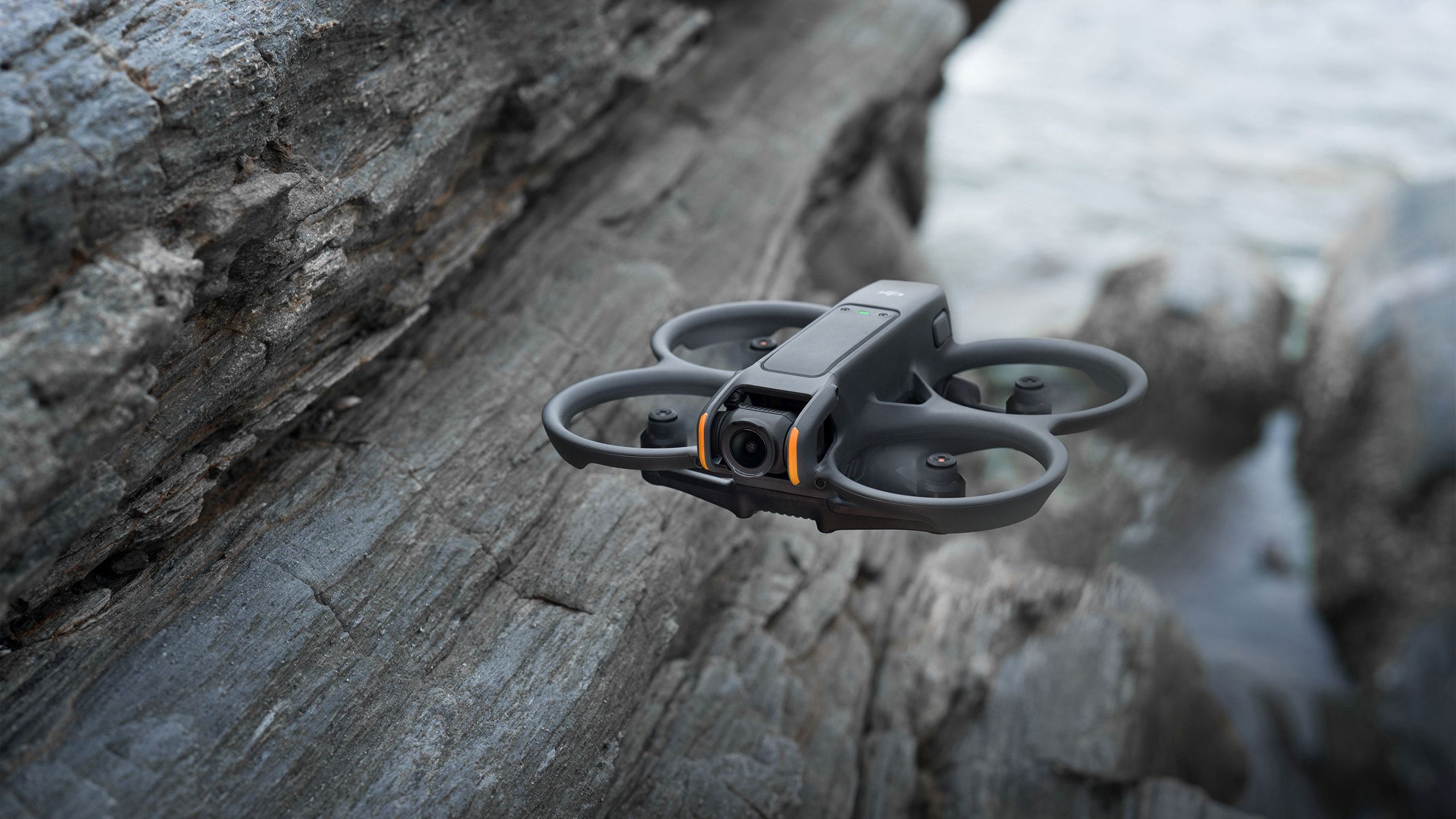
DJI’s Avata 2 drone brings one-press flight tricks and enhanced safety features
The new FPV drone incorporates two perspectives in the goggles and new controller shortcuts.
Camera features
The specs are similar, but there are a few nuances between the DJI Mini 4 Pro and the Mini 3 Pro
Both drones feature the same sensor and lens combination, which means that they’re essentially capable of capturing the same quality images and footage. There are, however, a few areas where the Mini 4 Pro has the advantage.
First, the Mini 4 Pro can shoot at higher framerates in 4K. It now supports up to 100fps recording, compared to just 60fps on the DJI Mini 3 Pro. This is great for capturing slow-motion action scenes, and it now matches the Air 3 in slow-motion capabilities.
In addition, HDR video has been improved, and you can now shoot HDR at up to 4K 60fps, compared to 4K 30fps on the older model.
While the Mini 3 Pro offers 10-bit color capture, its flattest picture profile is D-Cinelike. This is a decent profile for color grading, but it’s not as flexible as D-Log M which is found in DJI’s larger drones. Thankfully, the Mini 4 Pro benefits from the D-Log M profile, so now it’s much easier to mix footage from the Mini 4 Pro and Mavic 3 Pro, for example.
For still photos, the Mini 4 Pro has enhanced noise reduction algorithms. That means while photos in the sunshine will look near identical between the two models, low-light photos will look a bit better on the Mini 4 Pro. The newer model also has more shutter speed options and is capable of creating a simulated long-exposure image.
Another big change comes thanks to the new obstacle avoidance sensors. Rather than just allowing for basic ActiveTrack, the Mini 4 Pro has a full-featured ActiveTrack 360 — just like the pricier drones in DJI’s lineup. Now, you can autonomously follow a subject from essentially any angle while the new sensors keep your drone safe in the process.

Best DJI Air 3 accessories: Upgrade your drone
Top-notch accessories for the DJI Air 3 to take your drone flights to the next level.
Which is better: the DJI Mini 4 Pro or the DJI Mini 3 Pro?
The Mini 4 Pro is clearly the superior option, mainly owing to the new omnidirectional obstacle sensors, the addition of HDR video at 4K60, and better slow motion in 4K. There’s also the addition of the D-Log M profile, which is sure to excite colorists and professional users.
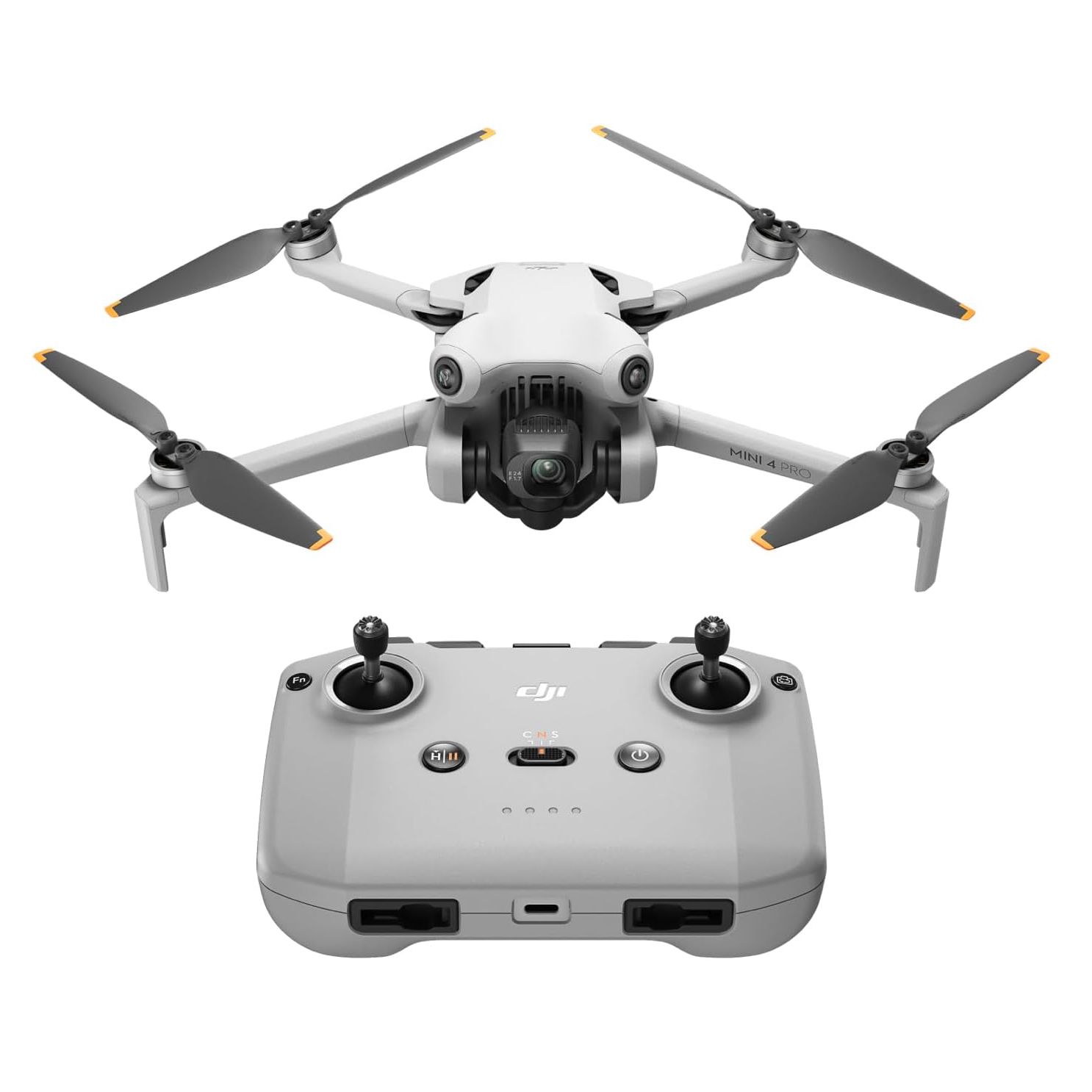
That said, the DJI Mini 3 Pro has the same camera system and very similar flight characteristics, so it’s still plenty relevant in 2024. If you see a good deal, it could make more sense to opt for the older model, especially if you won’t take advantage of the new features. The Mini 3 Pro is still a better option than the DJI Mini 4K, which tops out at 12 megapixels.

Really, you can’t go wrong with either option. They’re two of the most feature-packed mini drones on the market today. We’d advise picking the Mini Pro 4 if you want to be on the cutting edge, but if you want to save some money, there will likely be some great savings to be had with the Mini 3 Pro.
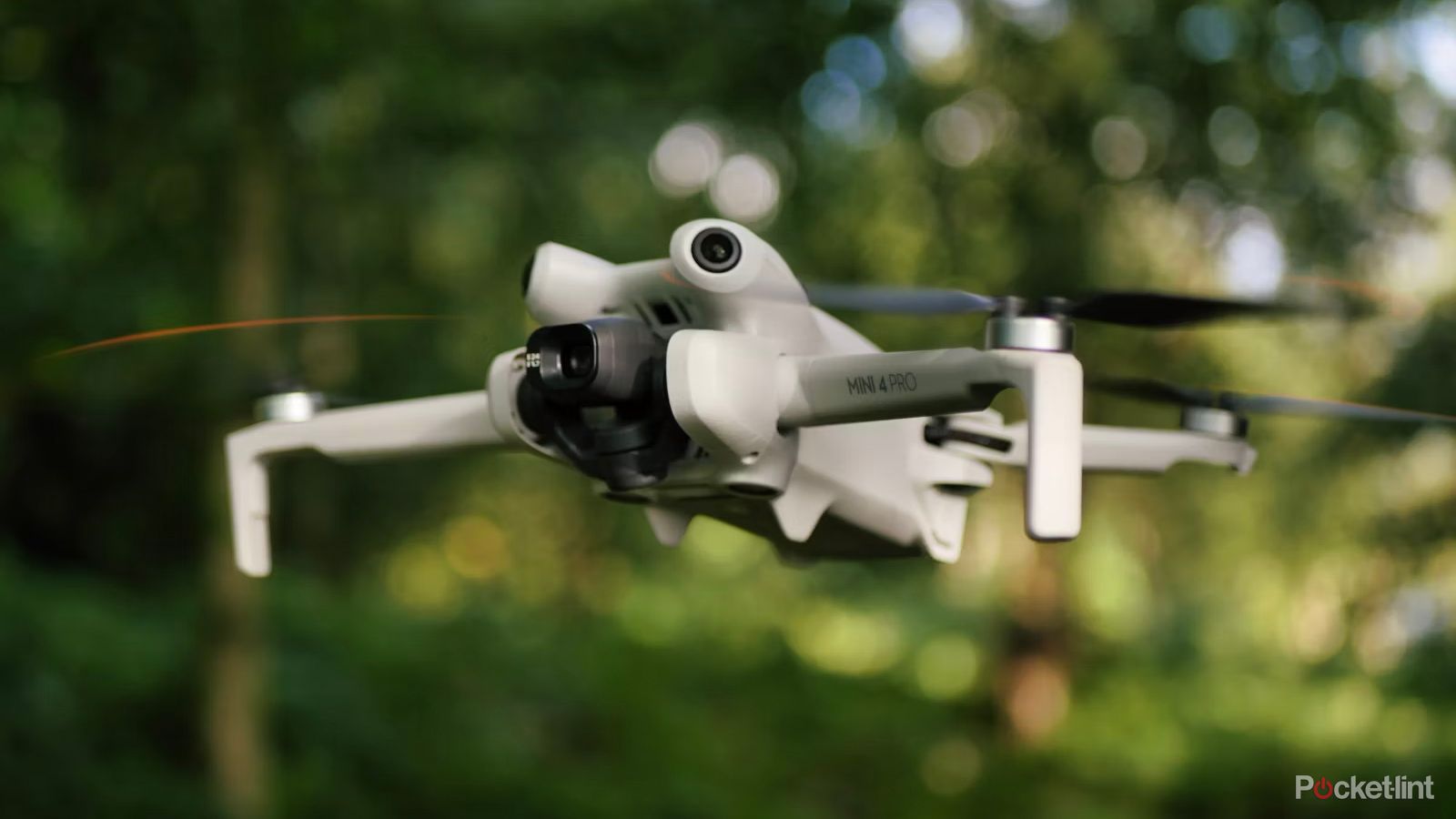
Novice pilot? Make your DJI drone shots look pro with these tips
Starting with a beginner DJI drone doesn’t mean your shots can’t look spectacular.
Trending Products

Cooler Master MasterBox Q300L Micro-ATX Tower with Magnetic Design Dust Filter, Transparent Acrylic Side Panel, Adjustable I/O & Fully Ventilated Airflow, Black (MCB-Q300L-KANN-S00)

ASUS TUF Gaming GT301 ZAKU II Edition ATX mid-Tower Compact case with Tempered Glass Side Panel, Honeycomb Front Panel, 120mm Aura Addressable RGB Fan, Headphone Hanger,360mm Radiator, Gundam Edition

ASUS TUF Gaming GT501 Mid-Tower Computer Case for up to EATX Motherboards with USB 3.0 Front Panel Cases GT501/GRY/WITH Handle

be quiet! Pure Base 500DX ATX Mid Tower PC case | ARGB | 3 Pre-Installed Pure Wings 2 Fans | Tempered Glass Window | Black | BGW37

ASUS ROG Strix Helios GX601 White Edition RGB Mid-Tower Computer Case for ATX/EATX Motherboards with tempered glass, aluminum frame, GPU braces, 420mm radiator support and Aura Sync


